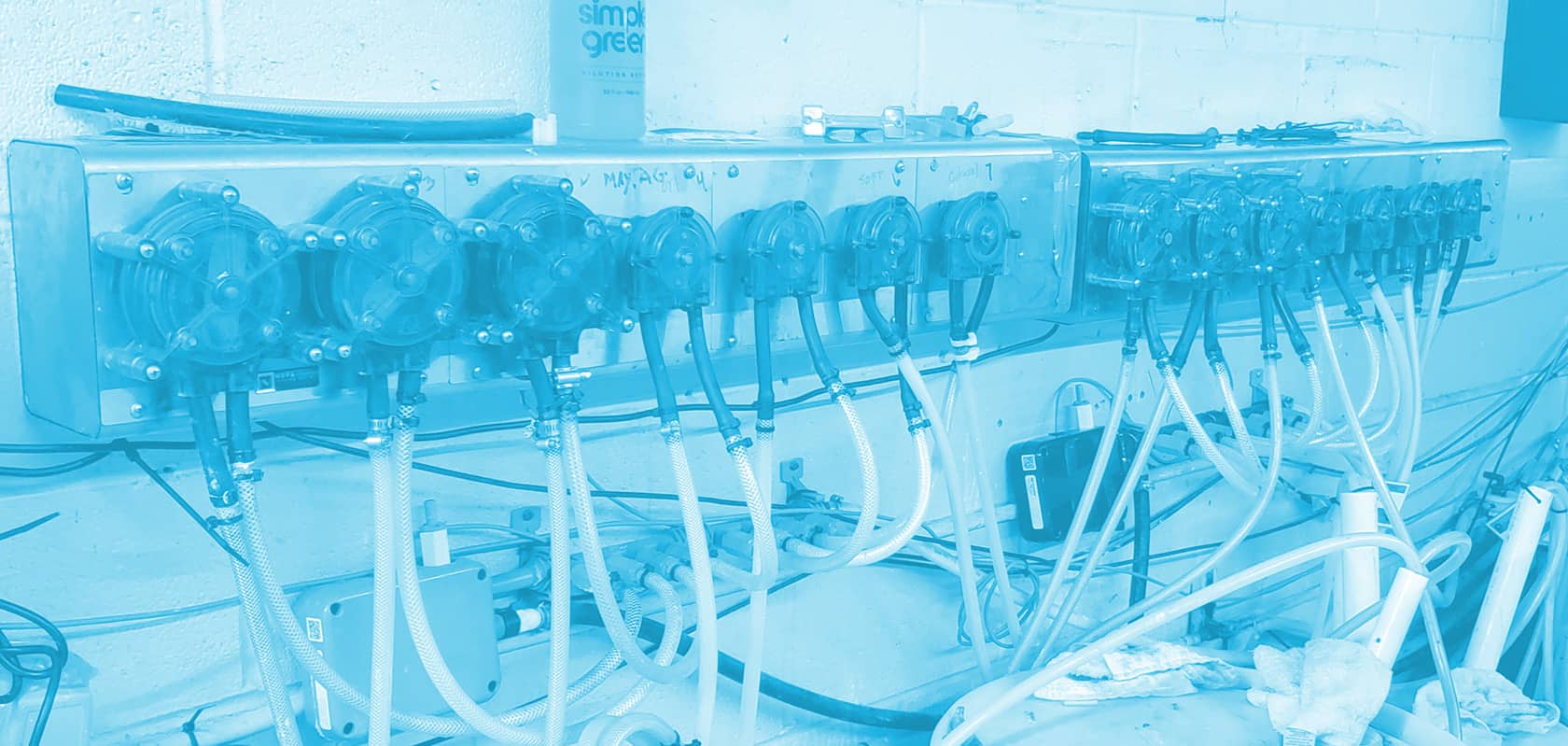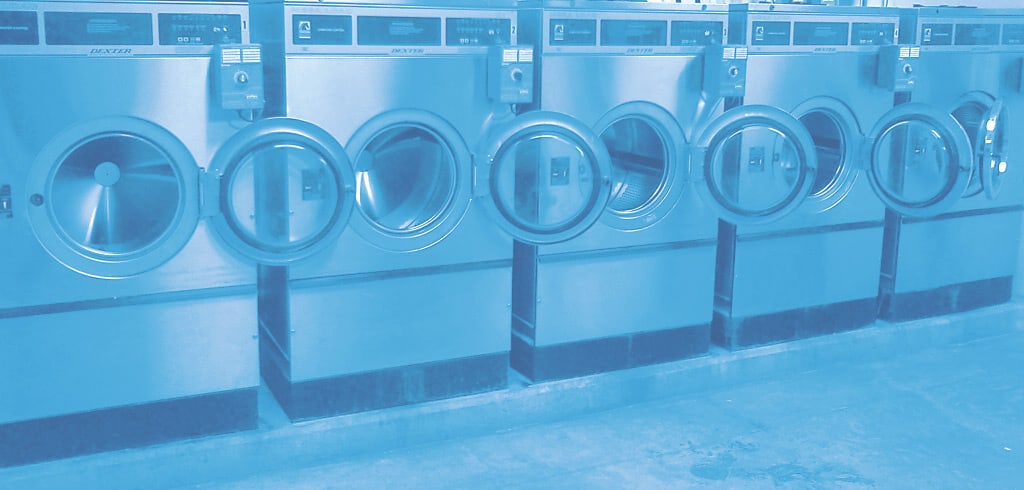Wet Cleaning with Hudson Chemicals
Wet cleaning is professional cleaning which, unlike traditional dry cleaning, avoids the use of chemical solvents. The most common chemical solvent is tetrachloroethylene (commonly called perchloroethylene or “perc” to those of us in the business).


What is Wet Cleaning?
Environmental groups and the Environmental Protection Agency have indicated that such alternative “wet cleaning” methods are better for the environment than “perc”. Wet cleaning can be used without shrinking or otherwise damaging garments that typically require dry cleaning.
It is not the use of water that makes wet cleaning a safer method for cleaning clothes. Computer-controlled wet cleaning machines, special dryers, safe detergents and non-toxic spot removers are what make wet cleaning a more environmentally friendly method. Wet cleaning machines have controls that allow them to safely and efficiently clean a wide variety of garments in water. Detergents and spot removers are made of ingredients that are safer for workers and the environment, yet are as safe and effective at removing soils, stains and odors as dry cleaning solvents. Equipment, detergents and skill all contribute to successful wet cleaning. Hudson
From American Dry Cleaner, “74.7% of dry cleaners use wet cleaning when cleaning casual clothing and sportswear; specialty items, like draperies and gowns (42.3%); “business casual” or softly tailored clothing (38%); restoration work (25.4%); and tailored workwear (16.9%). Some clothing manufacturers may mislabel their clothing “Dry Clean Only”, even though there is no “reasonable basis” for making the claim that the garment will be harmed if it is not dry cleaned.